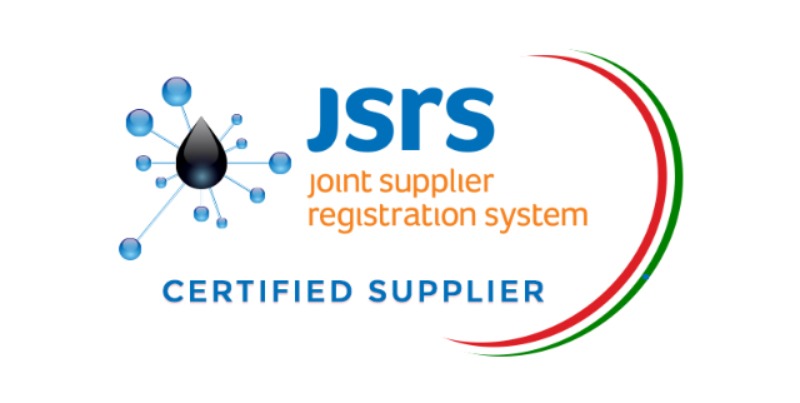- November 29, 2023
- Posted by: Murooj Al Alia
- Category: Software development
CodeGuru covers matters related to Microsoft-related software growth, cell growth, database management, and net utility programming. Cloud services corresponding to Microsoft Azure and database options including SQL Server and MSSQL are additionally incessantly coated. It is the outermost layer and incorporates peripheral elements such as UI and exams. It represents the Web API or Unit Test project in a Web software. This layer implements the dependency injection principle, allowing the applying to design a loosely linked structure and talk with the inner layer using onion architecture interfaces.
Patterns For Use Judiciously Three: Hexagonal Onion

To learn how to implement the repository pattern with Entity Framework Core you can check out this text ASP.NET Core Web API – Repository Pattern. Notice that we are setting the CancellationToken argument as an elective value, and giving it the default value. With this method, if we don’t provide an precise CancellationToken worth a CancellationToken.None shall be supplied for us. By doing this, we can ensure that our asynchronous calls that use the CancellationToken will at all times work. OA promotes unfastened coupling and excessive cohesion, which are important traits of DDD software. We have already discussed the advantages and challenges this structure has addressed.

Isolation Between Completely Different Layers
This line of code will find the entire controllers inside of the Presentation project and configure them with the framework. They are going to be treated the same as if they have been outlined conventionally. Now we solely have one more layer left to finish our Onion structure implementation. With this method, we are being very express about what the upper layers of the Onion can and cannot do. It is easy to miss right here that the Services.Abstractions project does not have a reference to the Domain project.
Onion Structure In AspNet Core Mvc

When I observe these patterns, I feel all three patterns try to advocate similar ideas. They all define a loosely coupled testable system that avoids any direct dependencies when it comes to implementation, but accomplish that using their very own terminology and each with specific nuances. They all counsel approaches to make software program architectures extra manageable and testable, however accomplish that in their very own means. The outer circle’s courses, strategies, variables, and source code typically depend on the inner circle but not the other method around. Applicable for large, difficult, and must last a lengthy time type Projects.
This signifies that every layer of the appliance is impartial of the other, making it easier to switch and prolong the system without affecting other elements. This makes it easier to reuse elements throughout totally different applications, reducing growth time and prices. This design enforces a strict separation of concerns, promoting modularity and maintainability. The core precept is dependency inversion, where high-level modules don’t depend on low-level ones, fostering flexibility and ease of testing.
All the internal layers needn’t be involved about internal implementation of exterior layers. Application is split into layers the place each layer has a set of duties and addresses separate issues. Each layer acts as modules/package/namespace inside the software. Furthermore the Onion Architecture relies on the ideas of Domain Driven Design. Applying those rules makes only sense if the appliance has a certain measurement and complexity.
In 3-tier and n-tier architectures, not certainly one of the layers are unbiased; this reality raises a separation of issues. The drawback of this traditional architecture is pointless coupling. Onion Architecture is predicated on the inversion of control principle.
The outer layer can only refer to the inner layer and not vice versa. Hexagonal Architecture is usually known as ports and adapters structure. Alistair Cockburn introduced it in 2005, with the core idea behind it being to make applications independent of direct dependency from UI and database.
In this layer is where the majority of our business logic lives, it carries out the operations to turn A into B, input into output, egg into hen. It achieves this through interacting with the ultimate layer, the Domain Model layer which is the illustration of the excessive level information objects we use. In software program architecture we construction our purposes into layers. A layer is a logical abstraction used to group associated performance. We call them layers because we usually stack them on prime of each other like a cake. It is this layer, for instance, that can wholly contain the MVC structure of a GUI.

Putting business-specific guidelines in a centralized place is one thing instructed by both Clean and Onion Architecture. Although they use totally different names for very similar ideas, they each encourage us to consider enterprise logic in the same way. If we look at all of them together, they provide some helpful architectural takeaways which might be applicable whatever the design strategy you select to make use of. We’ll explore them shortly, however first let’s take a look at what every of those patterns are about individually and the way they evaluate to one one other. Honestly, it’s not fully new, however I’m proposing it as a named, architectural pattern. Patterns are useful as a result of it offers software program professionals a common vocabulary with which to communicate.
- Additionally, domain objects are flat and freed from cumbersome dependencies and code.
- As we can see, there is a bunch of translation from prime to backside and from bottom to high going on.
- This separation of considerations enables developers to create modular, testable, and maintainable functions which are simple to increase and evolve over time.
- If you look at the picture that describes the onion structure within the link you supplied, the Domain Model layer is what DDD focuses on.
- The core of the enterprise logic ought to be free (in theory at least) from any of the technical, andframework-related issues, permitting for easy testing and rapid growth.
Since the domain modifications probably the most — here is the place the place you place all the model new features, and business necessities — itshould be as simple as possible to modify and test. This doesn’t meanof course, that the domain courses can’t have any dependencies. Like it the example above — the code makes use of Lombokannotations, generating the boilerplate which in any other case needs to be written by the programmer. When designing the structure of a constructing there are lots of features you should contemplate. Will our base provide enough assist for each ground, what if the assist beams A and B collapse, will ground C stay standing?
When we analyze the architecture above in retrospective, we detect that the database layer is turning into the core foundation of the whole application construction. Any change on the data entry / infrastructure layer will affect all other layer of the application and due to this fact changes ripple by way of from the bottom to the top of the application. The resolution is to define interfaces within the software core that are applied by the infrastructure layer. For instance, we will outline a repository interface to avoid wasting the orders in an software or domain service. Then we implement the interface in the infrastructure layer.
For Example, Infrastructure layer implementations embrace exterior companies used in Application Services and repositories used within the domain. In the ever-evolving world of software improvement, discovering the best architectural pattern is akin to selecting the foundation for a constructing. One such architectural paradigm that has gained recognition for its capacity to advertise maintainability, flexibility, and testability is the Onion Architecture.
Transform Your Business With AI Software Development Solutions https://www.globalcloudteam.com/




